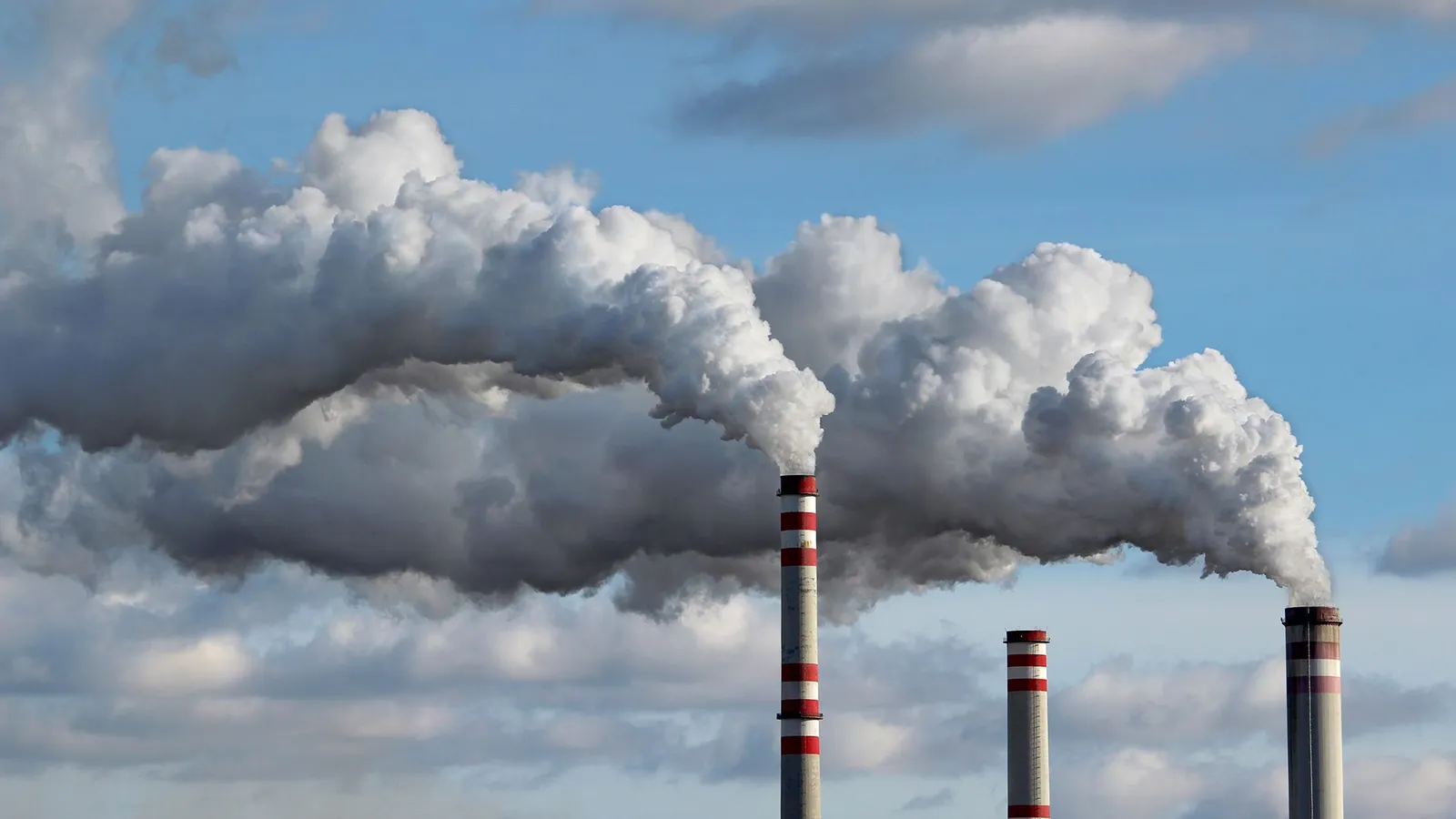
Traditional nuclear power plants like this one in Burke County, Georgia, can be expensive to build and operate. Small modular reactors aim to be smaller and more cost efficient than their predecessors. Source: https://d3i6fh83elv35t.cloudfront.net/newshour/app/uploads/2017/01/nuclear-power-plant_GettyImages-526258524-1024×683.jpg
Over the years, Indonesia’s concern about renewable energy has risen extremely. It is well-known that Indonesia is an archipelago country where there are abundant renewable energy sources such as wind, solar, and hydro. However, we should also be aware of the nuclear potential to enhance the nation’s renewable energy transition. This article will discuss about recent research that has discussed this energy for Indonesia.
Government’s Efforts To Incorporating Renewable Energy To The Main Electricity Grids.
In January of 2024, The Ministry of Energy and Mineral emphasized that the Indonesian government is no longer put nuclear energy as a last option for the energy supply, but it will be equalized for the high share of renewable energy towards Net Zero Emission (NZE) 2060. Moreover, The National Energy General Plan sets ambitious targets for renewable energy integration, aiming for at least 23% by 2025 and 31% by 2050, marking a significant shift towards a more sustainable energy future. With this objective that Indonesia aimed, we also need to rely on nuclear. Hence, Nuclear power harnesses the energy stored within uranium atoms through a process called fission. This reaction releases immense heat, which is used to boil water and create steam. The steam drives turbines, converting the thermal energy into electricity without producing harmful greenhouse gas emissions (Permana et al., 2022).
The Advantages of Nuclear Energy
While the clean energy potential of nuclear power is widely recognized, its positive impact extends to various facets of society, particularly for those associated with the industry. This section will examine specific features supporting its argument as a beneficial force for the future.
- Energy Density
Energy density is also often referenced to the amount of energy produced per unit volume of fuel. According to (Lamarsh & Barrata, 2001), Nuclear energy can produce up to 200MeV (equivalent to 3.2044 X 10^-11) joule in every fission reaction. This means that electricity is generated by nuclear energy with fewer resources than any other source.
- Capacity Factor
World Nuclear Association, IAEA PRIS (2021); Global Average Capacity Factor of Nuclear Energy. Source: https://www.researchgate.net/profile/HarunArdiansyah/publication/365746294/figure/fig5/AS:11431281173623848@1688993224357/Global-Average-Capacity-Factor-of-Nuclear-Energy.ppm
When it comes to reliable power generation, nuclear energy takes the crown. Its capacity factor, a measure of actual electricity produced compared to maximum potential, has consistently hovered around 80% for the past twenty years, as shown in the abovementioned figure (World Nuclear Association, 2021). This performance far exceeds other common renewable sources like hydropower (40.2%), solar (13.4%), and wind (25.9%), even holding its own against geothermal’s 79.9% in 2019 (International Renewable Energy Agency, 2020).
- Least Greenhouse Gas Emission

Greenhouse Gas Emission Illustration (Diego Arguedas Ortiz, BBC FUTURE) Source: https://www.bbc.com/future/article/20181115-why-climate-change-photography-needs-a-new-look
As mentioned before, nuclear energy produces less harmful thermal energy to generate electric power. The abovementioned figure shows why nuclear energy is important to balance the increase in energy demand with greenhouse a reduction. In nuclear power plants, greenhouse gases are around 5.5 g CO2 eq./kWh. The below figure provides the life scale greenhouse gas emission in a range of other renewable energies.
The Efficiency of Nuclear Energy
Sobat EBT Heroes, We already know about how the Indonesian government is undertaking nuclear energy development and the positives to our renewable energy transition efforts. Let’s go forward to discover their effeciency in term of generating electrical power. Before that, we should know the principle of nuclear – nuclear energy is conversion energy of uranium to electricity.
According to research by (Md. Wazihur Rahman et al., 2023), nuclear energy acts as an alternative energy in renewable energy transition. As it offers a reliable and low-carbon energy source. The efficiency of the nuclear energy is depend on numerious factors including cooling temperature, irreversibility, and steam temperature and pressure.
Sobat EBT Heroes, the efficiency also depended on the type of reactors, which can be seen below:
- Boiling Water Reactor (BWR) produces 32% efficiency
- Pressured Water Reactor (PWR) generates 33% efficiency
- Small Modular Reactor (SMR) has 33.4% efficiency
#zonaebt #sebarterbarukan #ebtheroes
Reference
Permana, S., Trianti, N., & Rahmansyah, A. (2022). Nuclear Energy Contribution for Net Zero Emission and National Energy Mix 2060 in Indonesia. Journal of Physics: Conference Series, 2243(1), 012066. https://doi.org/10.1088/1742-6596/2243/1/012066
Md. Wazihur Rahman, Mohammad Zoynal Abedin, & Md. Saadbin Chowdhury. (2023). Efficiency analysis of nuclear power plants: A comprehensive review. World Journal of Advanced Research and Reviews, 19(2), 527–540. https://doi.org/10.30574/wjarr.2023.19.2.1553



Comment closed